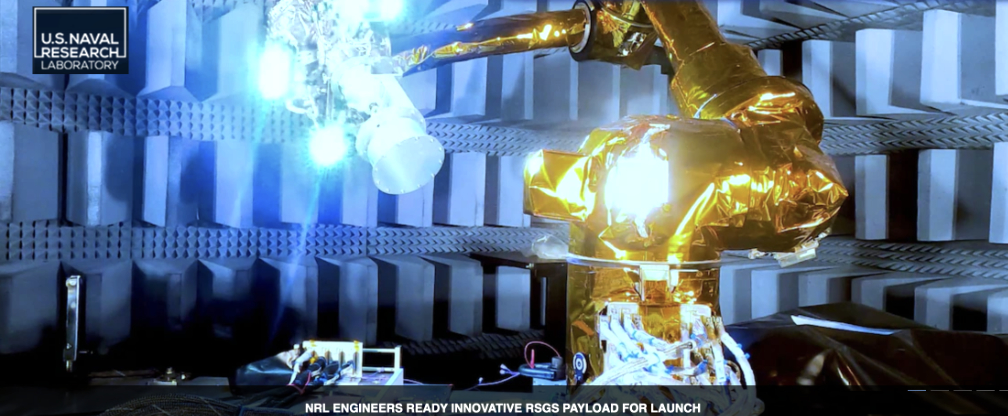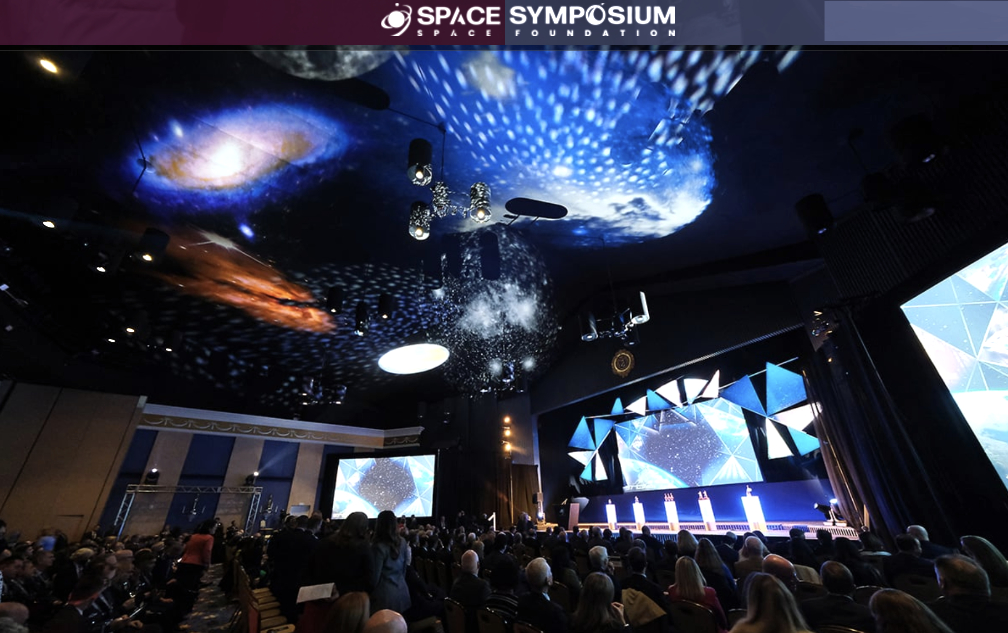
The U.S. Naval Research Laboratory (NRL) will display the organization’s latest technologies that help to build space operability at the 38th Space Symposium in Colorado Springs, Colorado, April 17-20.

Dr. Steven Meier, director NRL’s Naval Center for Space Technology (NCST), will offer remarks on space logistics, in-space power beaming, and space applications for artificial intelligence applications on April 19th from 3:45 to 4:10 p.m. at The Broadmoor International Center. Also in this presentation will be Dr. Andy Williams, Deputy Technology Executive Officer for Space at the Air Force Research Laboratory (AFRL)
NRL technologies on display in booth #625:
- CCOR – CCOR is a space borne solar imaging sensor that continuously searches for massive, large scale, and fast moving concentrations of Earth-directed solar plasma. Analysis of CCOR image plasma concentration content is used predict geomagnetic storm severity and onset times.
- OCEAN – Orbit/Covariance Estimation and ANalysis (OCEAN) is a state-of-the-art orbit determination, ephemeris propagation, and timing calibration software suite. OCEAN applies high fidelity models and advanced estimation techniques to provide precise and accurate satellite ephemeris, orbit predictions, and covariance products throughout the mission lifetime.
- LARADO – Light-sheet Anomaly Resolution and Debris Observation, and it’s a space-with based design concept for using satellite and laser technology to detect orbital debris in sizes that currently are not detectable from the ground.
- Satellite Servicing Technologies– Robotic servicing promises to bring in a new era of increasingly resilient on-orbit operations by providing the ability to finely inspect, reposition, repair, and upgrade existing spacecraft. NRL has developed safe autonomous robotics controls and has focused development on understanding the interactions between all of the unique elements that must work together to make satellite servicing a reality.
The Space Symposium annual event convenes all sectors of the space community from multiple spacefaring nations; space agencies; commercial space businesses and associated subcontractors; military, national security and intelligence organizations; cyber security organizations; federal and state government agencies and organizations; research and development facilities; think tanks; educational institutions; space entrepreneurs and private space exploration and commercial space travel providers; space commerce businesses engaged in adapting, manufacturing or selling space technologies for commercial use and media that inspire and educate the general public about space.
